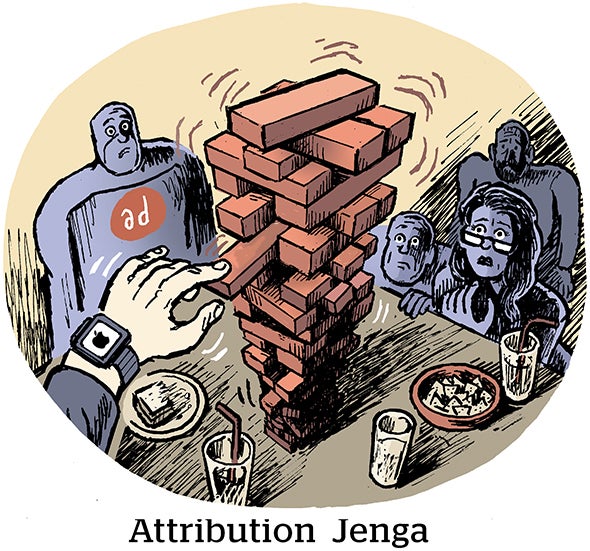There are 12 reasons business-to-business companies will not succeed with Internet strategies. For all the rhetoric, unless business owners and executives address these fatal failures, they will never successfully implement effective or profitable use of the Internet in their companies.
Over the past 25 years I have watched and worked with companies attempting to develop and implement new business strategies and tactics to advance themselves. For the past six years I have struggled with and – by some accounts – failed at operating an Internet development and hosting company. For the past year I have worked as a consultant and educator of the Internet as a marketing strategy and tactic.
What I have learned through experience and observation is that the Internet requires action, not contemplation.
In subsequent issues, I will expand on these points and how they are being addressed.
1. Failure to give up the past. The Internet is an unprogrammed problem for managers. As such, managers are doing what they have always done – a process I call reversion to task. By doing what they have always done they are suboptimizing the Internet potential and opportunity. In short, putting current business systems on the Internet is an expected but non-visionary step. Failure is held at bay until one participant in the market breaks through, allowing the others to fail.
2. Failure to adjust the compensation plan. The compensation plans as they are currently constituted in most businesses work against Internet success. As soon as any salesperson – whether field, phone or rep – has even the threat of loss of income due to e-commerce, the politics will kick in and Internet advancement will stall.
3. Failure to create an executive-level chief Web officer. The most common road to failure is having the Internet as a function of a department doing general marketing or IT. As such, the Internet will be the responsibility of a manager two to three levels down the organization – a level that cannot affect organizational change. By appointing a CWO as a senior executive with authority and power, the Internet can flourish. Without this position, the Internet will fail to deliver what it could.
4. Failure to restructure the organization. The typical organization has silos created around products or functions. This type of organization absolutely goes against effective use of the Internet. The perfect use of the Internet is to organize around the customer, not the company.
5. Failure to execute the Internet as a strategy. Today most marketers are looking at the Internet as a communications medium, which it is. They are not, however, seeing that it can facilitate an entirely new business model, a new strategy. Instead of using the Web to deliver leads to sales people, let the lead advance the relationship without a salesperson – a new strategy facilitated by the medium.
6. Failure to innovate. Innovation can be revolutionary or evolutionary. The need to innovate on the Internet is critical to success – especially the need to reduce human involvement in business processes. An example of e-innovation would be the acceptance of credit cards in lieu of purchase orders or open account billing – aninnovation that dramatically reduces bookkeeping costs.
7. Failure to accelerate. Internet time is often called “dog years,” with seven Internet years equivalent to one human year. Using the traditional planning and execution time lines exacerbates the situation. As the sign over the water cooler says: “The Hurrieder I Go, the Behinder I Get!”
8. Failure to hire your customers. The ultimate judges of your business are your customers. The sooner you hire them to take care of their relationships with you via the Web, the sooner you will have the potential for true loyalty.
9. Failure to deliver fragmented information. As we hire our customers, we will need to address the details currently handled by sales and customer service staff. These information fragments need to have a life in our expanded databases to ensure our future prosperity.
10. Failure to budget. Companies are still carving Internet budget from other areas without providing adequate resources (the corporate word for cash and what it will buy) for supporting and advancing the Internet. It cannot be a static budget. As savings are realized and revenues generated, the Internet must have additional funding from these successes or it will fall behind waiting for the next budget cycle.
11. Failure to move on. The goal of the Internet is to develop yourself out of a job. If you don’t strive to replace yourself with the Internet you will move, but it will be out and not on. Moving on is advancing into the future as a player – not a spectator.
12. Failure to fail. No one has the answer to how to use the Web “right.” The only way we are going to develop into the right processes is to test and try a variety of efforts. Through failure of efforts, we will discover successful efforts. Fail quickly and often in small ways and the strategy of success in your markets will become obvious. Fail to fail and you will.



